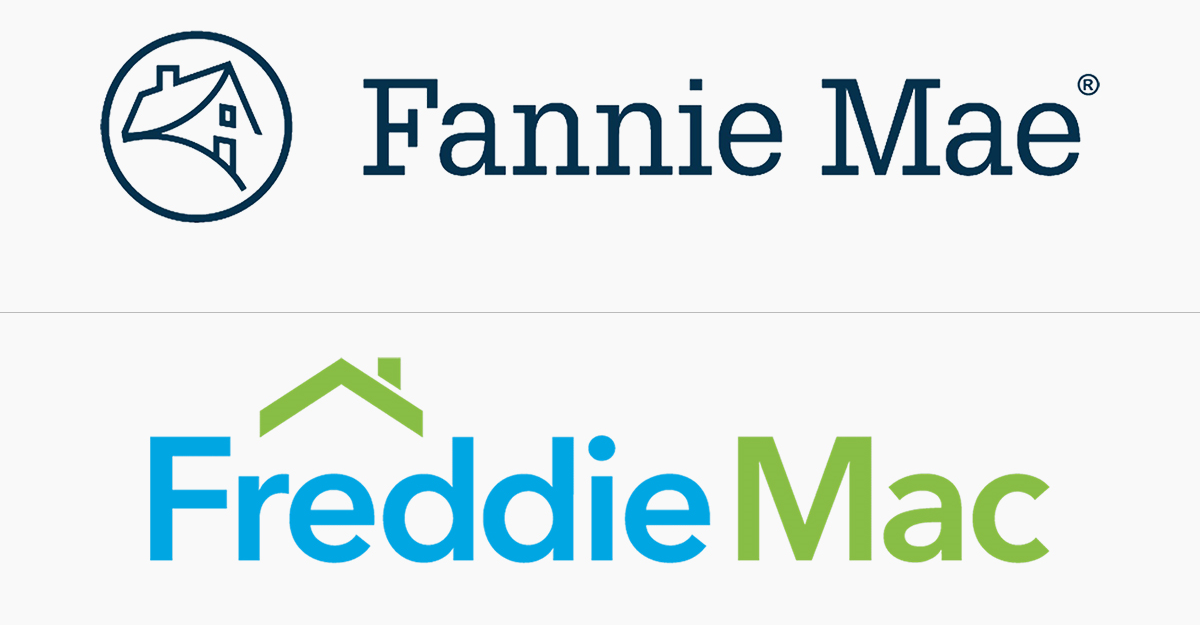Introduction:
In the complex landscape of the U.S. housing market, two names frequently emerge—Fannie Mae and Freddie Mac. Often shrouded in mystery for the average homeowner, these entities play a crucial role in shaping the dynamics of the real estate industry. In this blog, we will unravel the tale of Fannie and Freddie, exploring their origins, functions, and the key differences that set them apart.
Fannie Mae:
-
Origins:
Fannie Mae, officially known as the Federal National Mortgage Association, was created in 1938 during the aftermath of the Great Depression. The primary objective was to provide stability to the housing market by ensuring a steady flow of mortgage funds.
-
Function:
Fannie Mae operates as a government-sponsored enterprise (GSE), purchasing mortgages from lenders and packaging them into mortgage-backed securities (MBS). By doing so, Fannie Mae injects liquidity into the mortgage market, enabling lenders to issue more home loans.
-
Structure:
Originally a government agency, Fannie Mae underwent privatization in 1968, becoming a shareholder-owned company. Despite this, it maintains close ties with the federal government, enjoying certain privileges and responsibilities.
Freddie Mac:
-
Origins:
Freddie Mac, or the Federal Home Loan Mortgage Corporation, came into existence in 1970. Similar to Fannie Mae, its creation was aimed at expanding the secondary mortgage market and supporting affordable homeownership.
-
Function:
Freddie Mac operates on a parallel track with Fannie Mae, purchasing mortgages from lenders and bundling them into MBS. This process ensures a continuous influx of funds into the mortgage market, promoting accessibility to housing finance.
-
Structure:
Like Fannie Mae, Freddie Mac underwent a similar privatization process in 1989, transforming from a government-owned corporation into a publicly traded company. Despite this change, it retains a special relationship with the federal government, emphasizing its public mission.
Key Differences:
-
Market Share:
Fannie Mae and Freddie Mac collectively dominate the secondary mortgage market, but they differ in terms of market share. Historically, Fannie Mae has held a larger share, while Freddie Mac has played a significant, albeit slightly smaller, role.
-
Charter Differences:
Fannie Mae and Freddie Mac operate under different charters. Fannie Mae’s charter emphasizes broad access to affordable mortgage financing, while Freddie Mac’s charter places a greater emphasis on providing stability to the mortgage markets and promoting homeownership.
-
Risk Management:
The two entities also differ in their approaches to risk management. Fannie Mae tends to have a more conservative risk management strategy, while Freddie Mac may adopt a slightly more aggressive stance.
Conclusion:
In conclusion, Fannie Mae and Freddie Mac, despite their similarities, have distinct roles and historical backgrounds that have shaped their operations in the housing market. Understanding their functions and differences is crucial for anyone seeking insights into the intricate workings of the U.S. real estate landscape.
If you have any questions, please contact me today!
Sources:
- Federal National Mortgage Association (Fannie Mae) – https://www.fanniemae.com/
- Federal Home Loan Mortgage Corporation (Freddie Mac) – http://www.freddiemac.com/
- Congressional Research Service – “Fannie Mae and Freddie Mac in Conservatorship: Frequently Asked Questions” – https://crsreports.congress.gov/product/pdf/R/R46452


